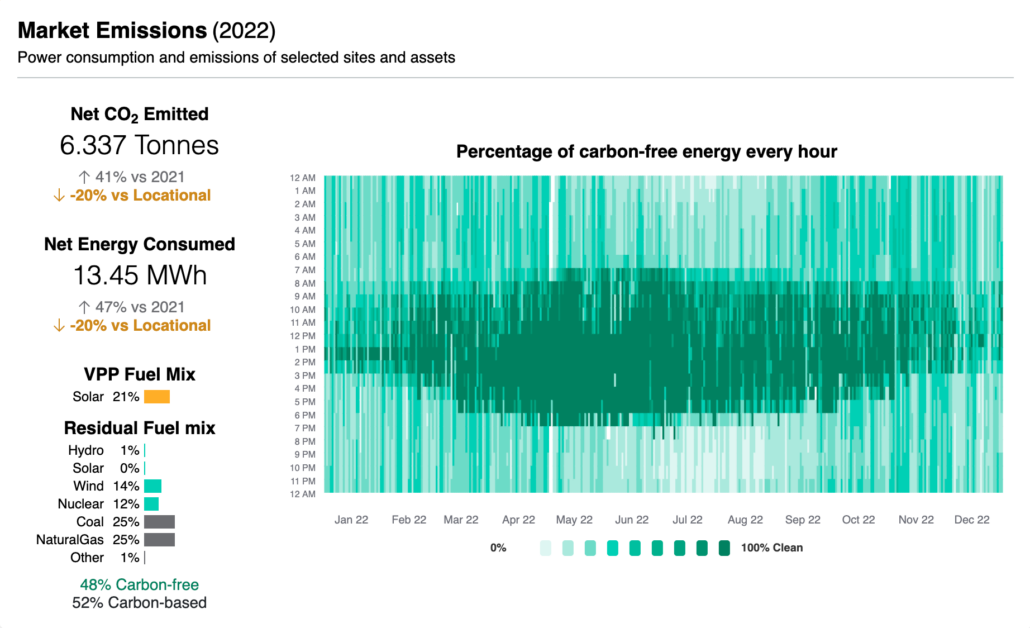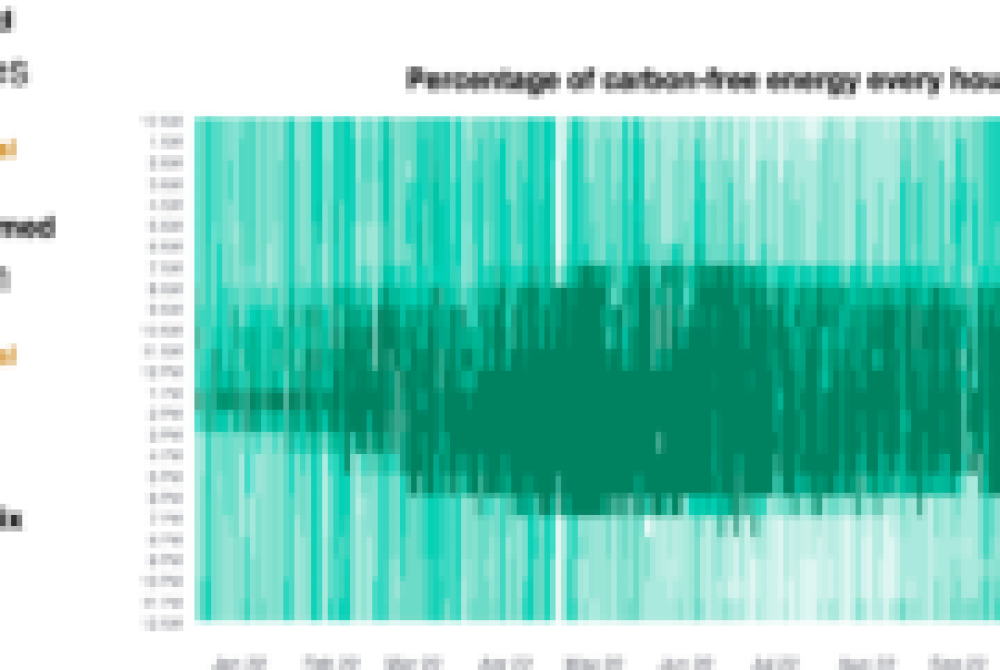See the photo above. I worked with www.wattcarbon.com To determine the 2022 carbon impact on my home and most of my travel. Determining carbon is more complex than just a straight conversion of utility bills like in the past. The reality is our larger grid operators are using different amounts of energy sources, causing carbon outputs at different times of the day. Therefore in the photo, you can see the lighter colors are more carbon-intense times of the day on average throughout the year, and the darker ones are cleaner. Each grid is going to be different. I am on the MISO Grid, which is fairly dirty, and still has a lot of coal.
So I plan to continue offsetting my carbon usage to be GHI Zero Carbon Certified for 2022 and the proceeding years. The other goal is not to invest in meaningless offsets, like foreign renewables or forest blocks that might burn up.
Instead, I am excited to work with Watt Carbon to determine offsets or Renewable Energy Credits from resources generated at the carbon intense times of the day or low-income housing electrification projects whereby there was no other way, say, for example, someone could install a heat-pump water heat. More to come on that later.
The first goal was to upload my data to Watt Carbon to determine this and continue to do so in the future. I am working on a way to automate this. Then it was to reduce consumption and then shift consumption to fewer carbon-intense times of the day, such as in the middle of the day in the summer when I use solar or there is more grid solar, or at night in the winter when there is more nuclear and wind on the grid. I also purchased three blocks of Consumers Energy Solar gardens in 2022, which is factored into my Watt Carbon number and helped reduce my total carbon load.
More to come soon about what I ended up doing to make the offset. Stay tuned.






